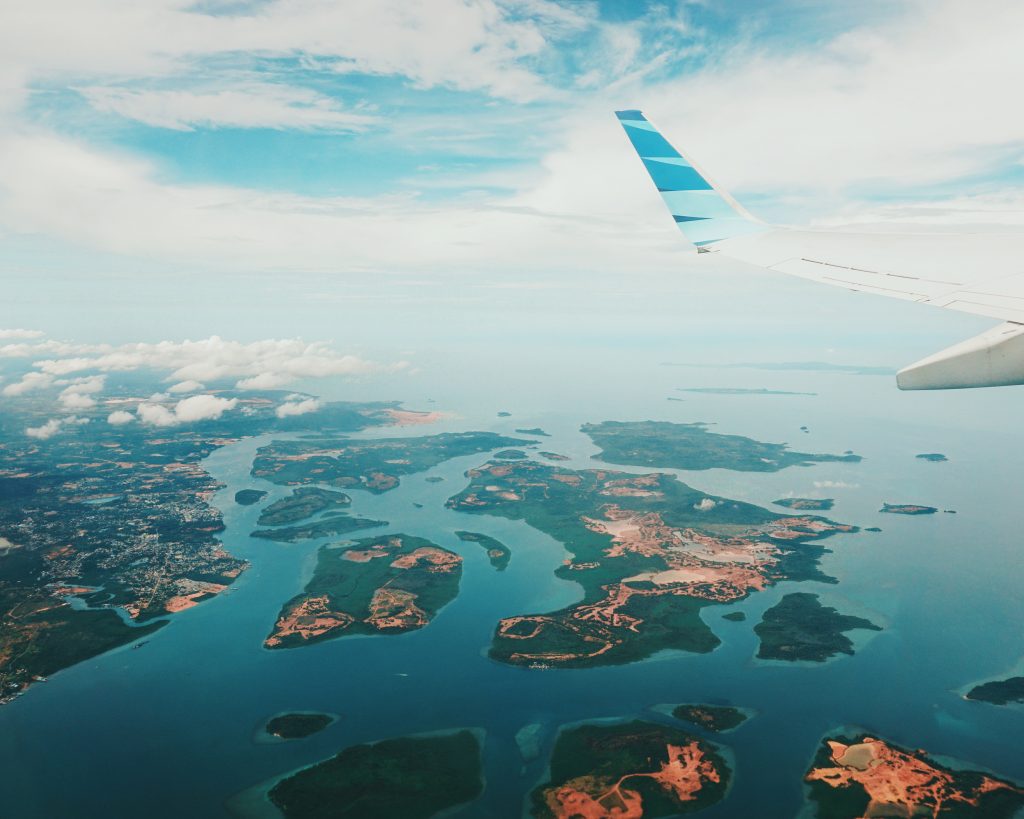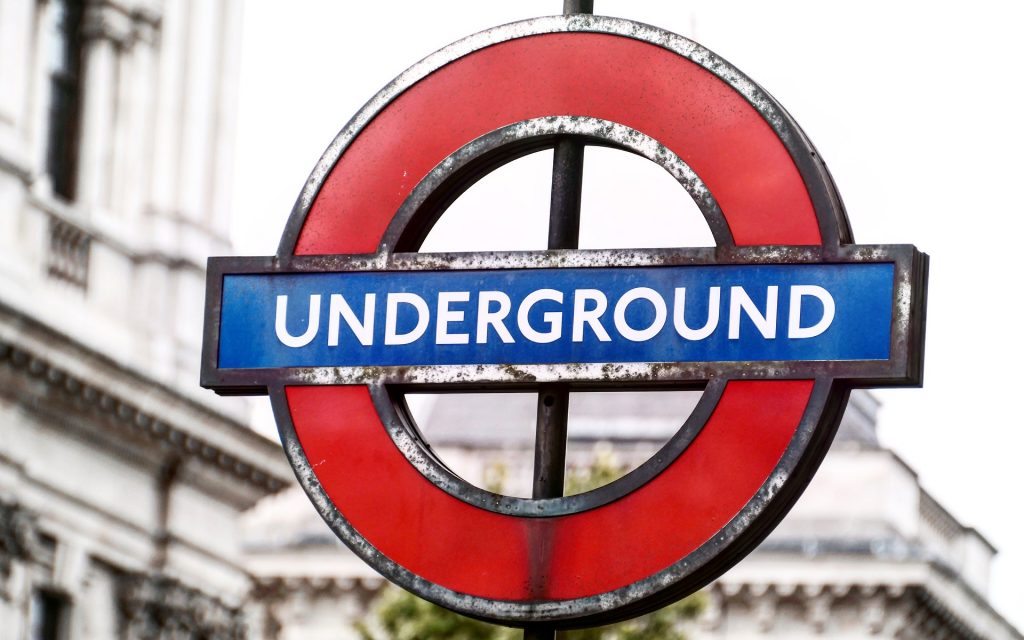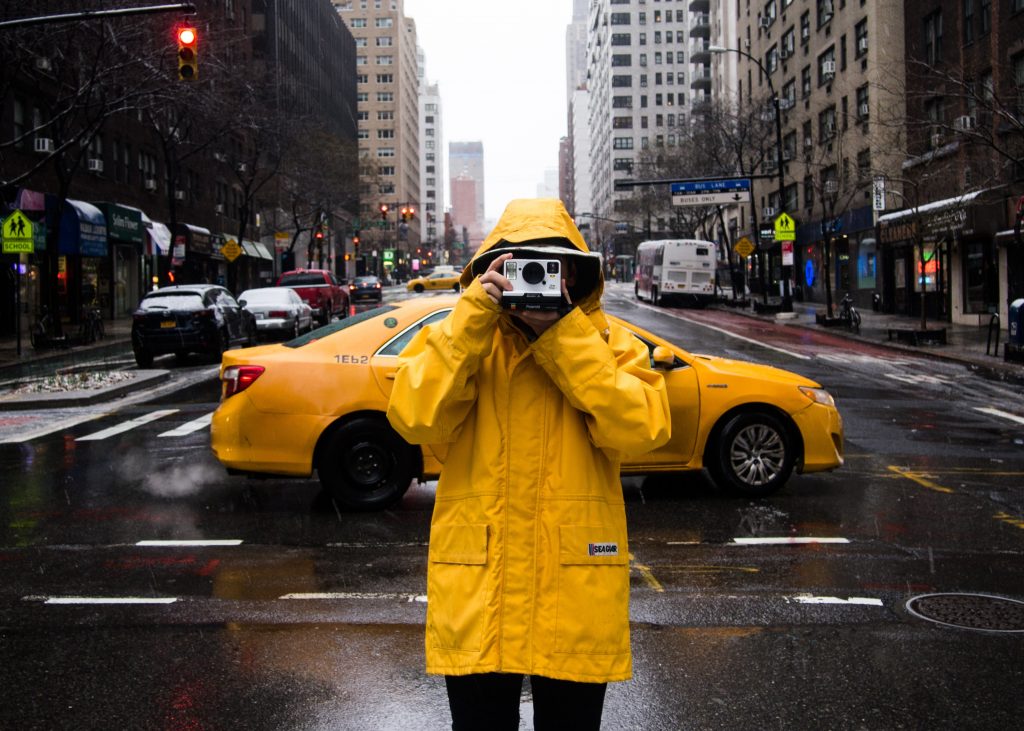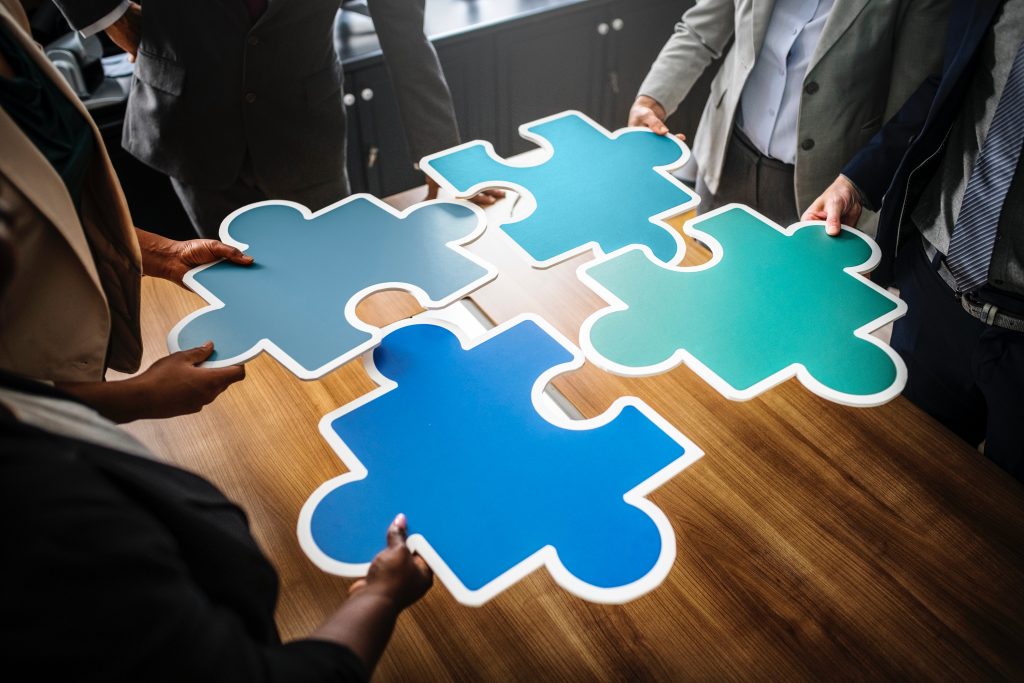Summit Day 1 (mon 1 October): Some Top Picks
These are some non-exhaustive top picks, extracts and notes from the #dfa2018 Summit reporters. They go along with the details of each session, that you can find here in the programme (new window).
Customers, design, regions: new perspectives

“Disability does not equate to inactivity!”
This session highlighted the importance of linking all aspects in the tourism chain (airports, local transports, hotels, venues).
A destination is like an archipelago of many islands where cultural and leisure activities as well as services (accommodation, restaurants, etc.) are not necessarily found in the more equipped areas, so connections have to be made.
The key is to consider a destination as a whole, because links in the tourism chain are not that often equally distributed.
We must not forget the family and the accompanying persons. We have to develop destinations for all and everyone.
It is also important to be adapted to the specificities of each place and each individual. There are no standard solutions, and technological innovations are welcome. The greatest satisfaction is to make it possible, and that the customer experience must remain at the centre of the approach.
Accessibility tools

The use of various supports and accessibility tools can help visually impaired people to experience a destination.
As much as 30% of Europeans have difficulty reading or understanding, so accessibility tools and aids plays a huge part in the experience of the tourist with specific needs: audio description, digital guides, sign language, subtitling, and other devices or aids allow the inclusion of people with special needs who need to feel as comfortable abroad as they do at home. But it will also improve the experience of anyone else wishing to take advantage of the place.
Public transport

Finding solutions that meet all needs is not easy. It is about changing habits and perspective from design to the manufacture of products that are adaptable to the user’s requirements.Stockholm has tested multi-sensory ticket dispensers on boarding platforms (rather than in the vehicles themselves).
Ambitions can be realised and concrete projects are in the pipeline. Czechoslovakia has committed to make every one of its underground stations in Prague accessible to all users by 2025. In Cagliari (Italy), an application in real time provides increased accessibility levels at stops, and access to specific assistance.
Within five years, Paris public transport will put in place concrete measures for communication and welcoming (this includes adapted signage, training of staff, and close collaboration with the associative community).
Availability of accessible taxis
 As far as individual transport is concerned (taxis), there should be strong standards: accessibility rules and regulations should be implemented.
As far as individual transport is concerned (taxis), there should be strong standards: accessibility rules and regulations should be implemented.
This sector must also evolve with adapted vehicles, better offers, reduced waiting times, and easier booking facilities, etc.
Finally, public authorities should put incentives in place to encourage taxi companies to make their vehicles and their services accessible.
Information and planning
 All accessibility issues must be worked out with Destination Management Organizations (DMOs).The association and the good collaboration between organizations for the disabled, experts in accessibility (for certification) and the DMOs is essential.
All accessibility issues must be worked out with Destination Management Organizations (DMOs).The association and the good collaboration between organizations for the disabled, experts in accessibility (for certification) and the DMOs is essential.
The accessibility offer of a destination must be marketed, and the way in which the information is disseminated must not be ignored: communication at every level – online and available to all.
Territory labelling programmes
 It is imperative to develop a reliable and verified information system that is detailed according to specific needs.
It is imperative to develop a reliable and verified information system that is detailed according to specific needs.
From the discussions, a global, rather than local approach, is preferable. A few examples: An international system for beaches and boats has been submitted, Germany and Denmark are developing systems at national level (which will be much easier to understand and touse), …
By improving the accessibility of our destinations and promoting them with brands and certifications, we will gain in attractiveness and competitiveness. Studies show that, on average, people with disabilities spend more than other tourists.
National strategies
 Government support and political goodwill are key elements to achieve comprehensive accessibility.
Government support and political goodwill are key elements to achieve comprehensive accessibility.
In practice, public authorities have different options: formal legislation or texts, granting subsidies, incentives, … There are encouraging examples in Portugal and in Lebanon.